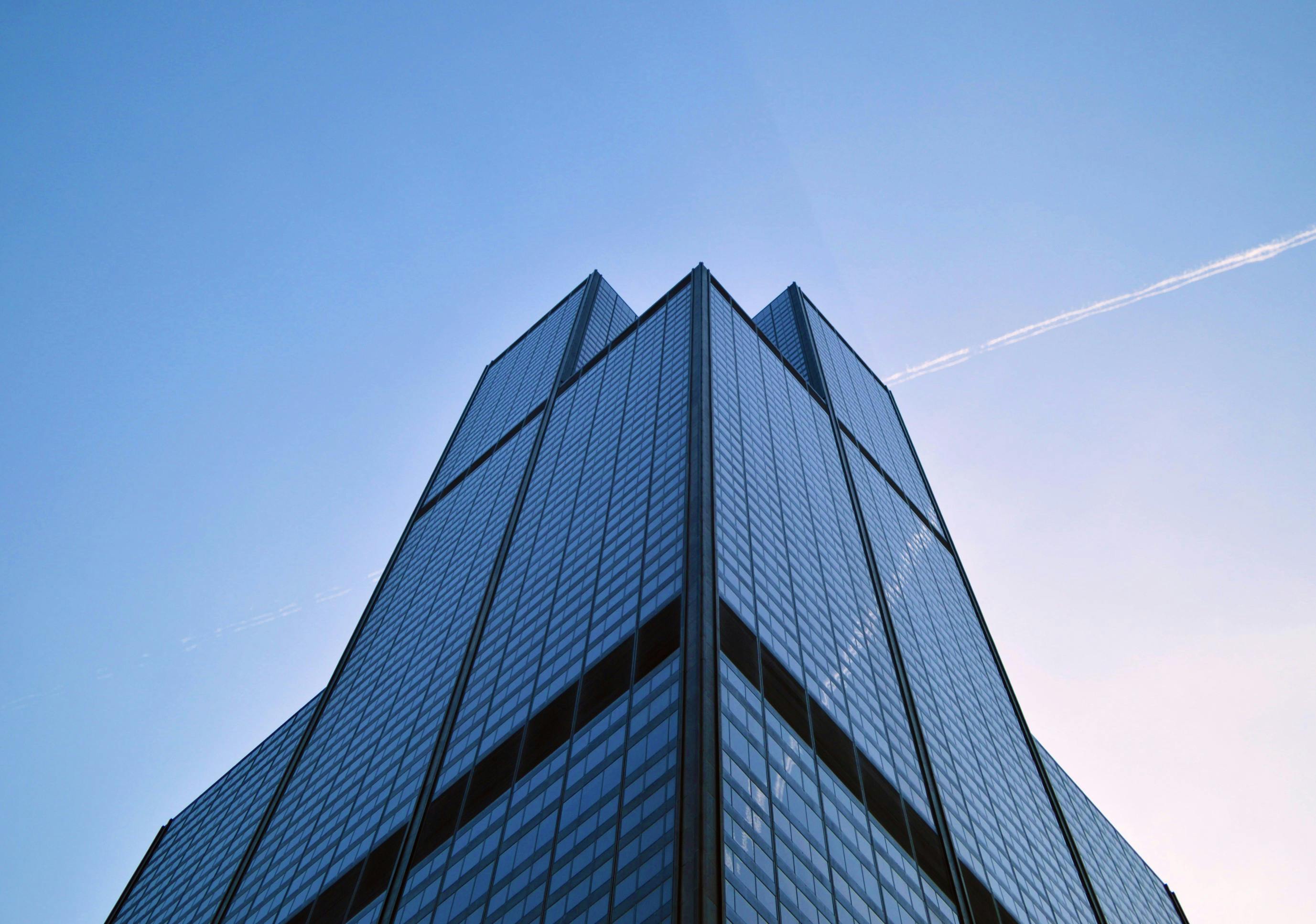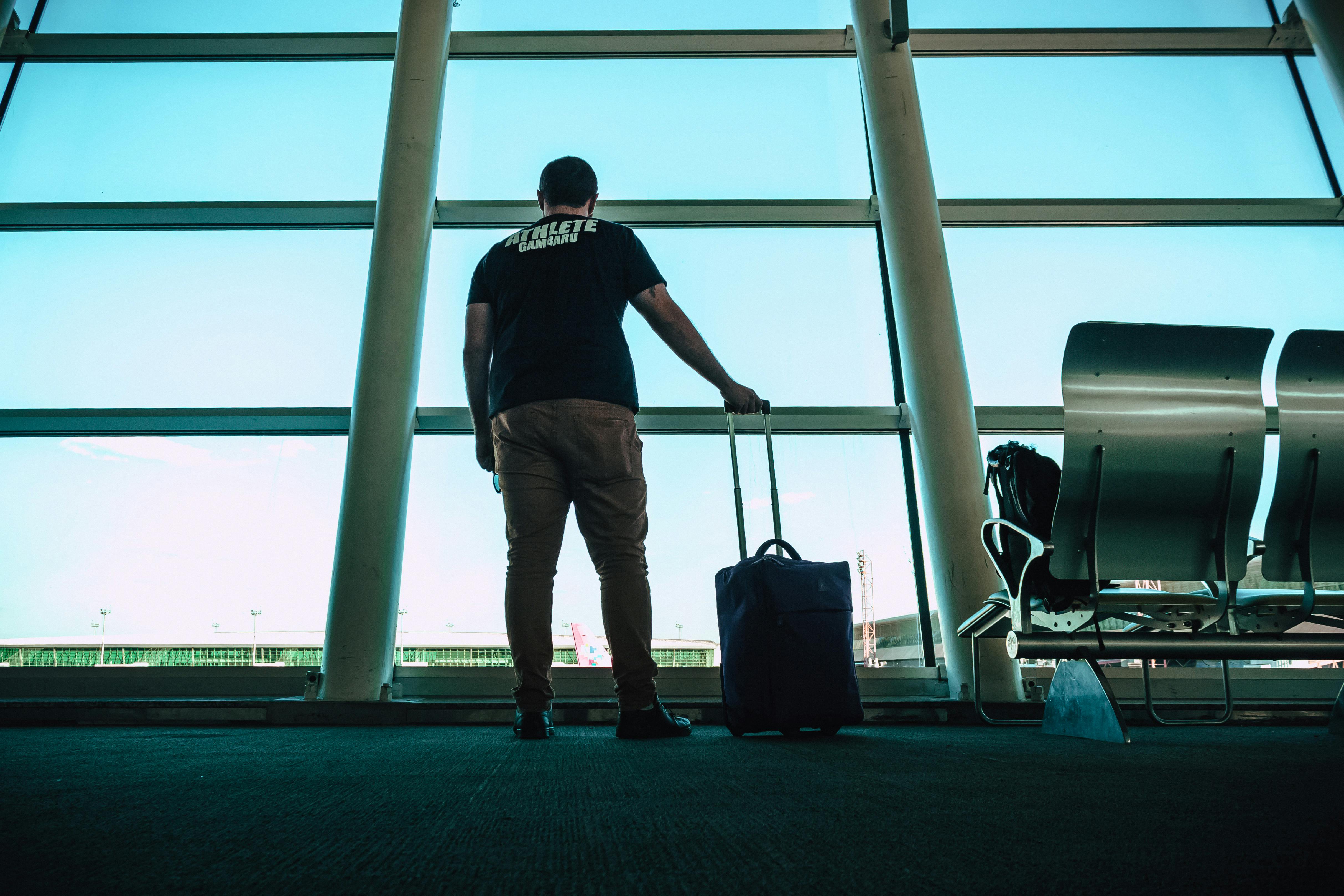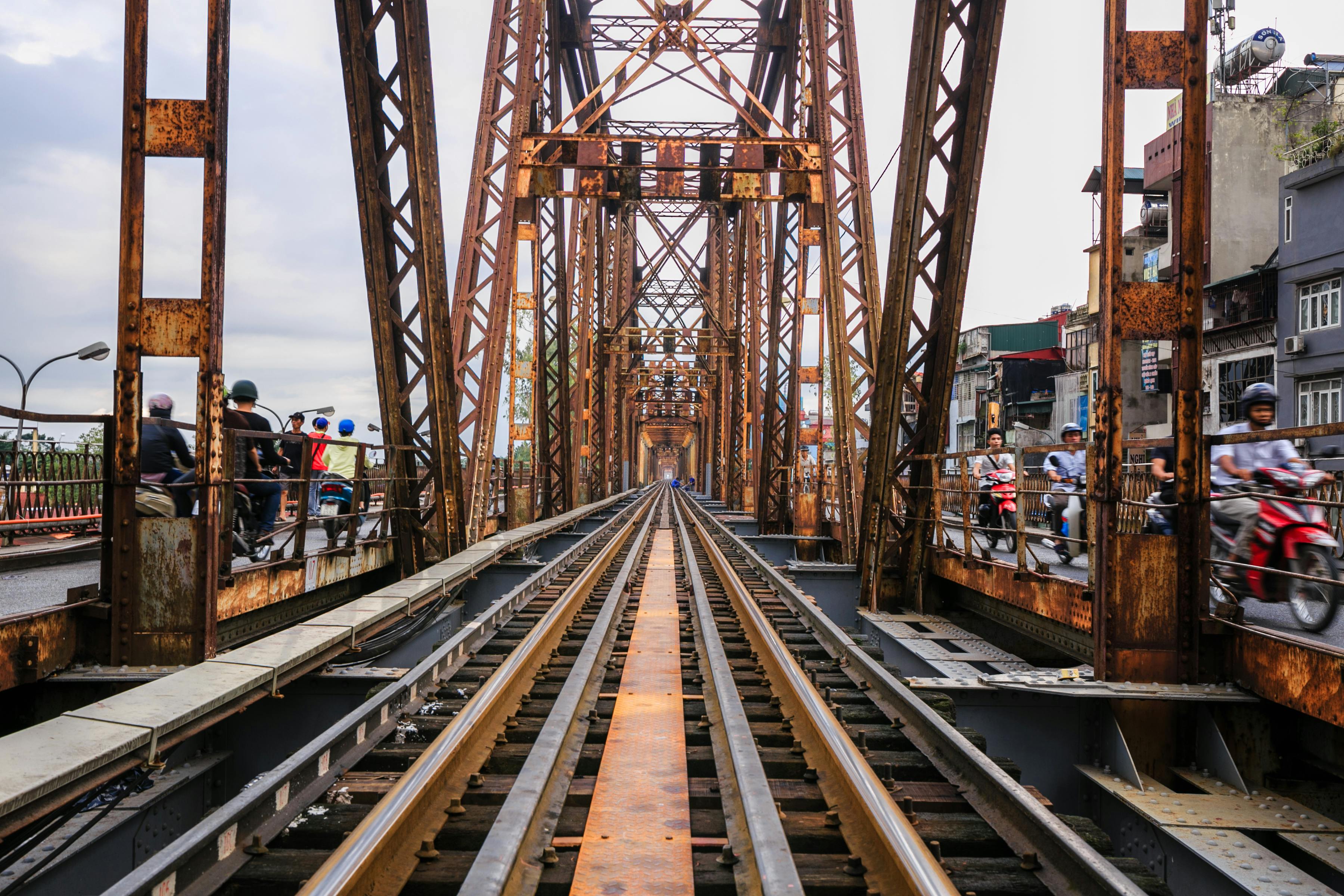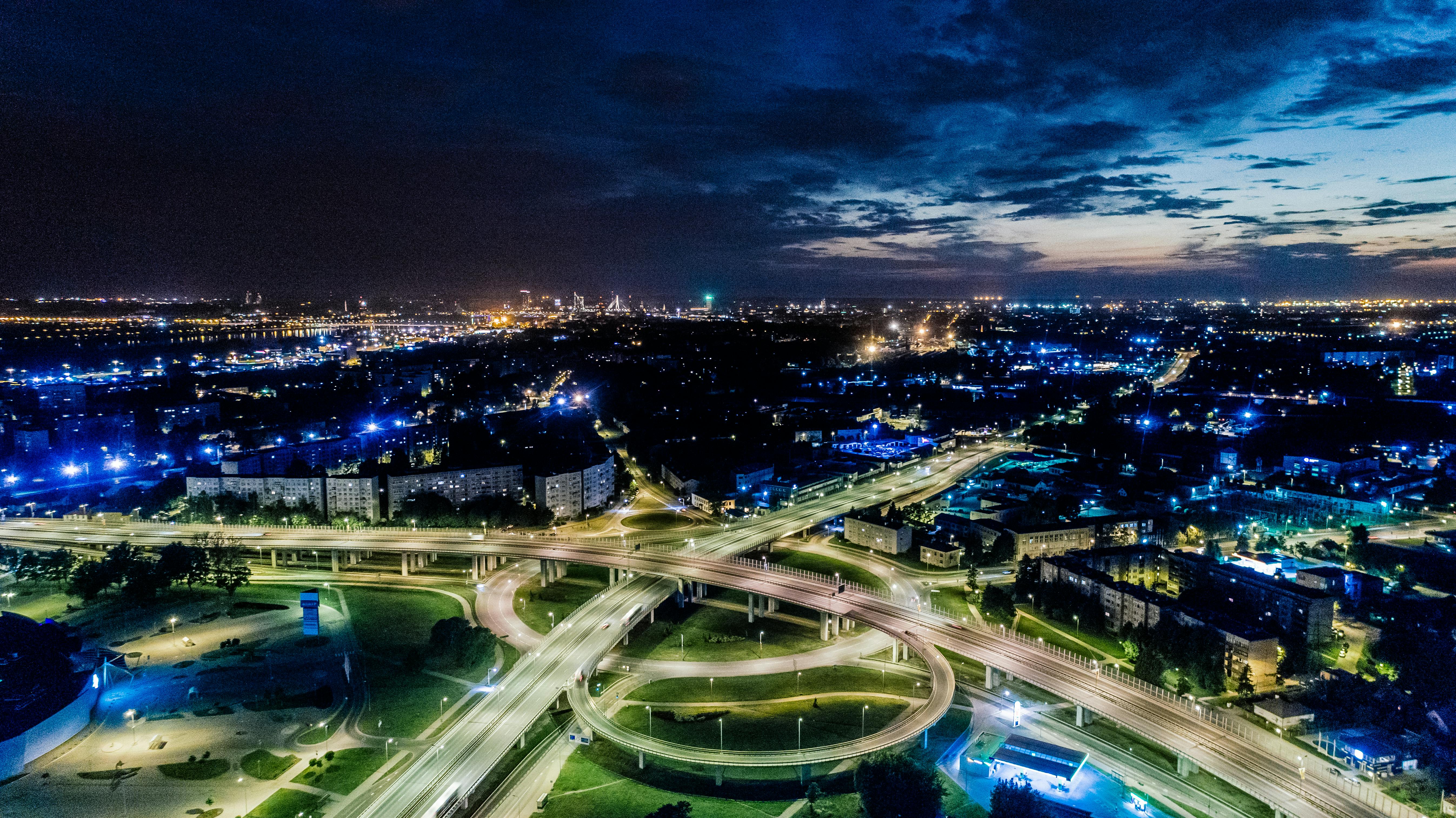FIRE. FIRE. FIRE.
How horrible these words must sound.
However, I never listened to them.
He was already unconscious when the fire trucks arrived.
“Fire fire fire!” It could be someone yelling the warning at the top of their lungs. It can be an electrical alarm system that is triggered with a high decibel tone. It can be the siren of a fire engine running down the street.
Where there is fire, there is smoke. “Smoke inhalation” is also called “carbon monoxide poisoning,” and it’s what happened to me.
There are five possible outcomes of being in a fire:
1) You leave unscathed.
2) You burn.
3) It becomes intoxicated with carbon monoxide.
4) It gets intoxicated with carbon monoxide and burns.
5) You die.
I fall into the third category. I didn’t get burned. I was saved. It was a medical miracle: I was told that the level of carbon monoxide measured in my system was enough to kill someone my age and body weight. I live, but in a sense they took my life, because it left me “disabled” with a traumatic brain injury. This has irrevocably changed.
A general rule of thumb is that you only have about 90 seconds (depending on body weight) to get out of a burning building before the smoke overtakes you and you lose consciousness. Carbon monoxide lulls you to a false sense of comfort. It is like a drug; makes you more sleepy, lulls you to what is happening.
Fires usually start when you are awake. However, most fatal fires happen when you are asleep at home, in bed, at night. Ninety seconds is not a long time to act. This is why many people never wake up.
Some people are afraid of being burned alive. You may be relieved to know that when people are found dead in a fire, they have usually died in their sleep from carbon monoxide poisoning and then burned. They did not feel the pain of burning.
A good fire safety plan can save the life of you and your loved ones. Part of the plan is to prevent the fire from happening by taking steps like having an electrician check your home for electrical shorts. Another part of the plan is for the scenario where a fire has occurred.
You have to be alert and awake if you want to survive. Make sure an alarm wakes you up if the fire occurs while you are sleeping. If you’re already awake, you still need instant notification that a fire is breaking out.
Again, you have about ninety seconds before you feel overwhelmed by carbon monoxide. That is why the type and location of fire detection equipment you have is critical.
The best thing you can do to protect yourself, your family and your business is to consult with an expert who will determine the appropriate units for the layout of your specific home or building.
There are different types of alarm units. For example, some detect heat, some detect smoke, some detect carbon monoxide, and some detect radon.
An expert is needed because there is a science to unit placement. For example, carbon monoxide detectors must be placed at certain heights because carbon monoxide is lighter than air and increases.
If you are asleep when the alarm goes off, you may get up to get out of bed, inhale more carbon monoxide, and even lose consciousness. That is why you have to get out of bed, drop to the floor and crawl to stay low and breathe the air better.
Once you hear the alarm, the carbon monoxide may have already disoriented you, especially if you were sleeping soundly. So you have to know what to do without thinking.
In addition to a good alarm kit, it is important to have a plan for how to get out, which all members of your family or company have practiced together. This is called EDITH or “Exit Exercises at Home”. You can check with your local Fire Department for more information.
My own experience of being trapped in a fire has made me passionate about fire safety awareness. I hope this article inspires you to take action and be prepared.




